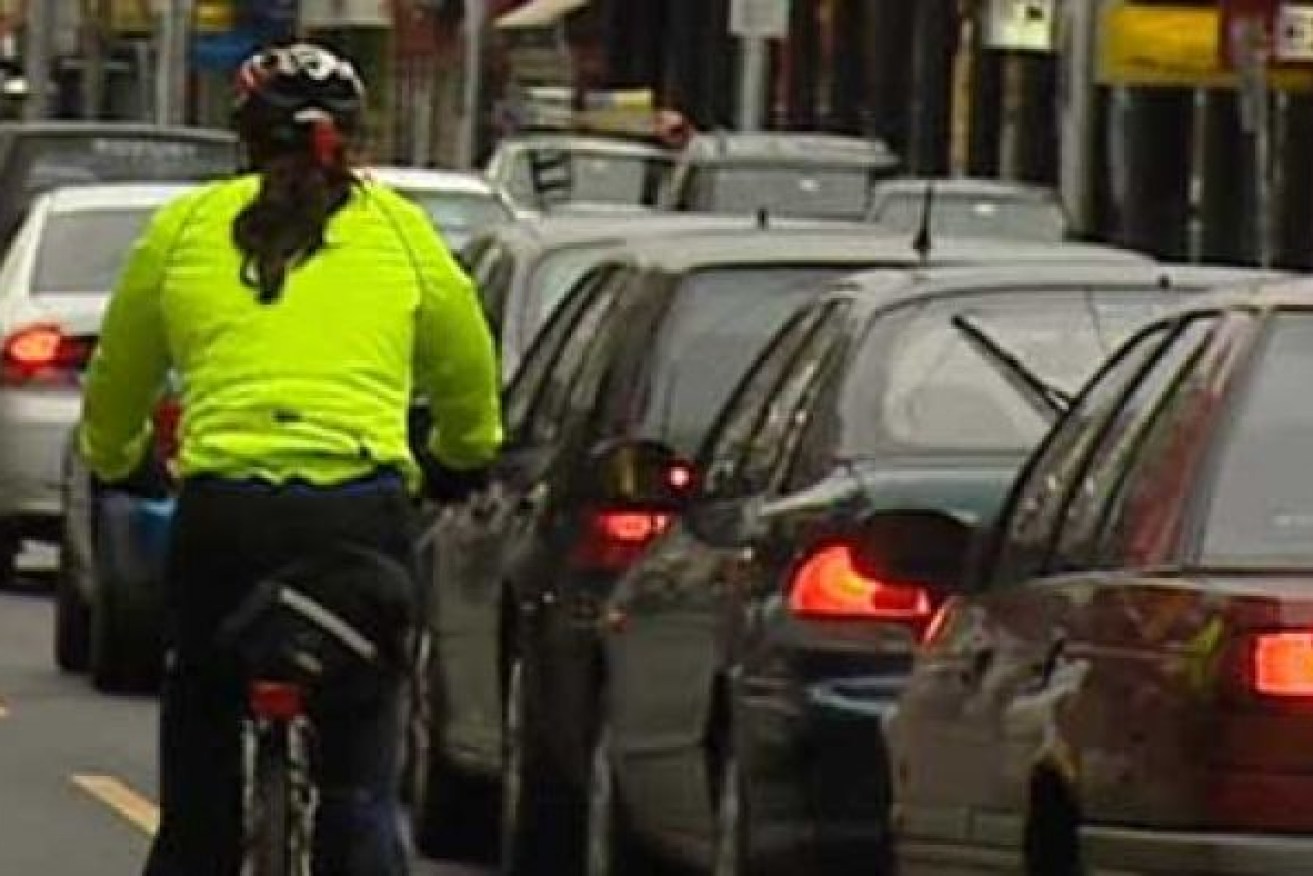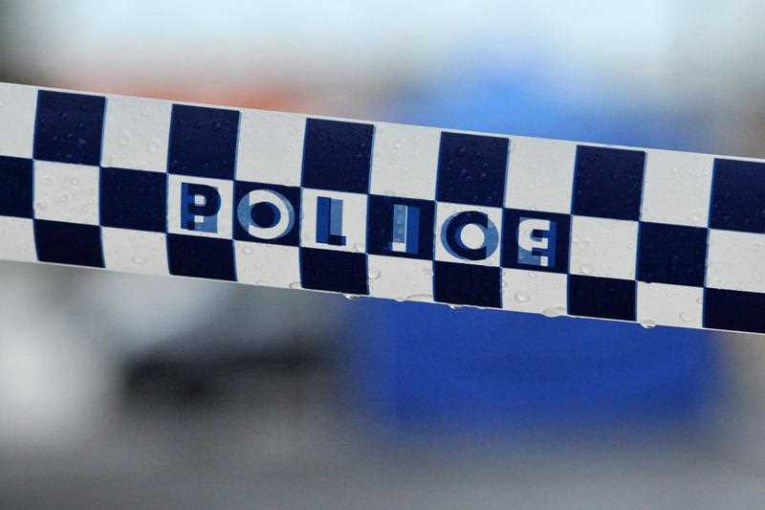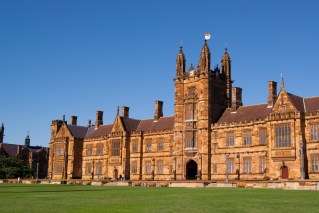Use it or lose it: Cyclists urged to make the most of post-virus priority lanes


Fixing it? Melbourne cycling before the pandemic. Photo: AAP
Australian cities are giving cyclists and pedestrians a chance to permanently reshape central business districts provided they use temporary bike lanes and widened footpaths as coronavirus lockdowns end.
Many overseas cities have taken the opportunity presented by empty streets to rethink car access and build better bike and pedestrian infrastructure, but the projects announced so far in Australia appear mostly limited to temporary measures that could be withdrawn once more cars return.
It is in stark contrast to the likes of London, where that city’s congestion tax has transformed central areas with wider footpaths and fewer cars, with plans to now go even further.
Tweet from @MayorofLondon
In Sydney this week Lord Mayor Clover Moore announced six temporary walking and riding links that will allow people to get around the city while maintaining physical distancing.
“We already have an extensive program of cycleways and public domain improvements, but we need short-term tactical measures that can be implemented in weeks,” the Lord Mayor said.
“The infrastructure we’ve chosen will be quick and simple to implement, adaptable and inexpensive.
As our roads have been quieter during the pandemic, many people have decided to take up cycling. We’re hoping these safe cycleway connections help people keep that up.’’
Melbourne City Council earlier this month announced its rollout of ‘pop-up’ cycling lanes totalling 12 kilometres and an associated reduction in car parking bays.
Lord Mayor Sally Capp told Nine Media that the upgrades could be made permanent if successful, although there appears to be no dramatic rethink of CBDs as seen in many European and US cities.
Melbourne’s Bourke Street is one area that could have been ripe for new priorities, with the trams, bikes and pedestrians still set to run the gauntlet of delivery trucks, stray taxis and tour buses once normal traffic is back.
Council did not respond when asked for comment.
Lobby group Bicycle Network also says the Victorian government ‘s $2.7 billion building fund should also have included funding for more permanent bike lanes and new bike sheds at public schools.
“The schools building fund should have money to make bike sheds and parking standard at every new school in Victoria – when bike sheds started to disappear from schools in the 1980s active travel rates at schools plummeted from 80 to 20 per cent,” the group says.
Bicycle Network is disappointed there’s only one bike-specific project in the fund, the 50 kilometres of mountain bike trails in the Ararat Hills, while city commuters will be squeezed again when the cars return.
Tweet from @bicycle_network
It appears the problem facing many progressive councils when looking to reduce traffic congestion is the shared responsibility for roads with state governments, with broader traffic management based on cars seemingly always taking priority.
The long lead times in Australia to design and seek approval for changed road conditions is one hurdle to implementing rapid solutions.
However, while there’s an absence of big ideas, some have expressed hope that the most recent proposals – and the co-operation of state governments – may become a new model.
More cycling links could come with the temporary barricades first and more permanent infrastructure installed later.
A Sydney City spokesperson told The New Daily that where possible the city had continued to upgrade cycleways network, roadways and footpaths and would continue to do so.
“In a few months, the city will begin an accelerated program of infrastructure works. This will include an $8 million upgrade of CBD roads, granite footpaths and lighting, including new smart poles and LED lighting across the city.”
It’s an outlook that has the support of Victoria’s peak motoring body RACV, which has urged governments and councils to consider more creative solutions to help relieve the pressure on the transport network.
“Now, more than ever, is the time for all levels of government to be innovative with private transport options and provide commuters with genuine choice in how they get around our state.” RACV senior planner Stuart Outhred said.
“Making more room for cyclists and pedestrians along crowded streets would provide the space needed for physical distancing while encouraging more people to walk and cycle.
“Quick-build, pop-up infrastructure solutions, as championed in some overseas cities, can create a safe space for riders and pedestrians without taking months or years to design and implement.
Councils and government need to work together in providing adequate private transport options, so Melburnians have alternatives to moving around the city.’’
Australia’s lack of a big build on the little things during the lockdown is in stark contrast to the northern Italian city of Milan, where almost 30 kilometres of streets have been reconfigured during the pandemic hiatus.
Milan officials say it is dealing with traffic congestion, climate change and COVID-19 in one policy.
“We must also look towards how we will keep our people safe in the future. How we structure our recovery efforts will define our cities for decades to come,” deputy mayor Marco Granelli told The Guardian UK.
“We think we have to reimagine Milan in the new situation. We have to get ready; that’s why it’s so important to defend even a part of the economy, to support bars, artisans and restaurants.
“When it is over, the cities that still have this kind of economy will have an advantage, and Milan wants to be in that category.”








